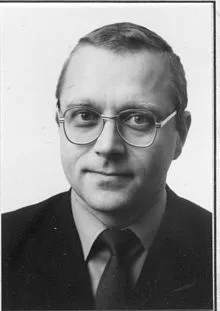
Age, Biography and Wiki
Igor Serafimovich Tashlykov was born on 4 June, 1946 in Kanko, Democratic People’s Republic of Korea. Discover Igor Serafimovich Tashlykov’s Biography, Age, Height, Physical Stats, Dating/Affairs, Family and career updates. Learn How rich is He in this year and how He spends money? Also learn how He earned most of networth at the age of 70 years old?
| Popular As | N/A |
| Occupation | N/A |
| Age | 70 years old |
| Zodiac Sign | Gemini |
| Born | 4 June 1946 |
| Birthday | 4 June |
| Birthplace | Kanko, Democratic People’s Republic of Korea |
| Date of death | (2016-06-07) Minsk, Republic of Belarus |
| Died Place | Minsk, Republic of Belarus |
| Nationality | Belarus |
We recommend you to check the complete list of Famous People born on 4 June.
He is a member of famous with the age 70 years old group.
Igor Serafimovich Tashlykov Height, Weight & Measurements
At 70 years old, Igor Serafimovich Tashlykov height not available right now. We will update Igor Serafimovich Tashlykov’s Height, weight, Body Measurements, Eye Color, Hair Color, Shoe & Dress size soon as possible.
| Physical Status | |
|---|---|
| Height | Not Available |
| Weight | Not Available |
| Body Measurements | Not Available |
| Eye Color | Not Available |
| Hair Color | Not Available |
Who Is Igor Serafimovich Tashlykov’s Wife?
His wife is Inessa Dmitrievna Tashlykova (Pakhomova) (1946)
| Family | |
|---|---|
| Parents | Not Available |
| Wife | Inessa Dmitrievna Tashlykova (Pakhomova) (1946) |
| Sibling | Not Available |
| Children | Iya Igorevna Tashlykova-Bushkevich (Tashlykova) (1975) |
Igor Serafimovich Tashlykov Net Worth
His net worth has been growing significantly in 2022-2023. So, how much is Igor Serafimovich Tashlykov worth at the age of 70 years old? Igor Serafimovich Tashlykov’s income source is mostly from being a successful . He is from Belarus. We have estimated
Igor Serafimovich Tashlykov’s net worth
, money, salary, income, and assets.
| Net Worth in 2023 | $1 Million – $5 Million |
| Salary in 2023 | Under Review |
| Net Worth in 2022 | Pending |
| Salary in 2022 | Under Review |
| House | Not Available |
| Cars | Not Available |
| Source of Income |
Igor Serafimovich Tashlykov Social Network
| Wikipedia | |
| Imdb |
